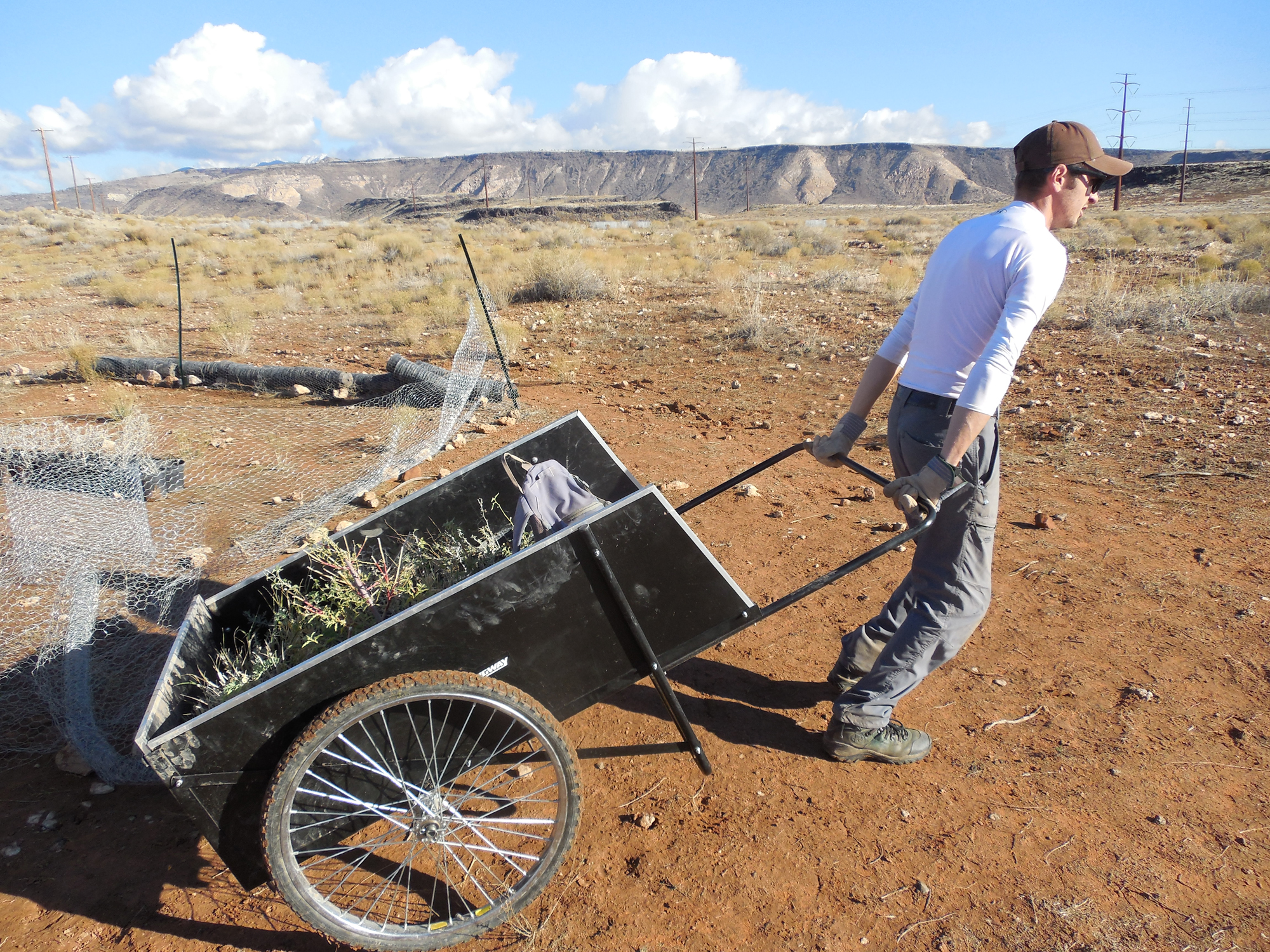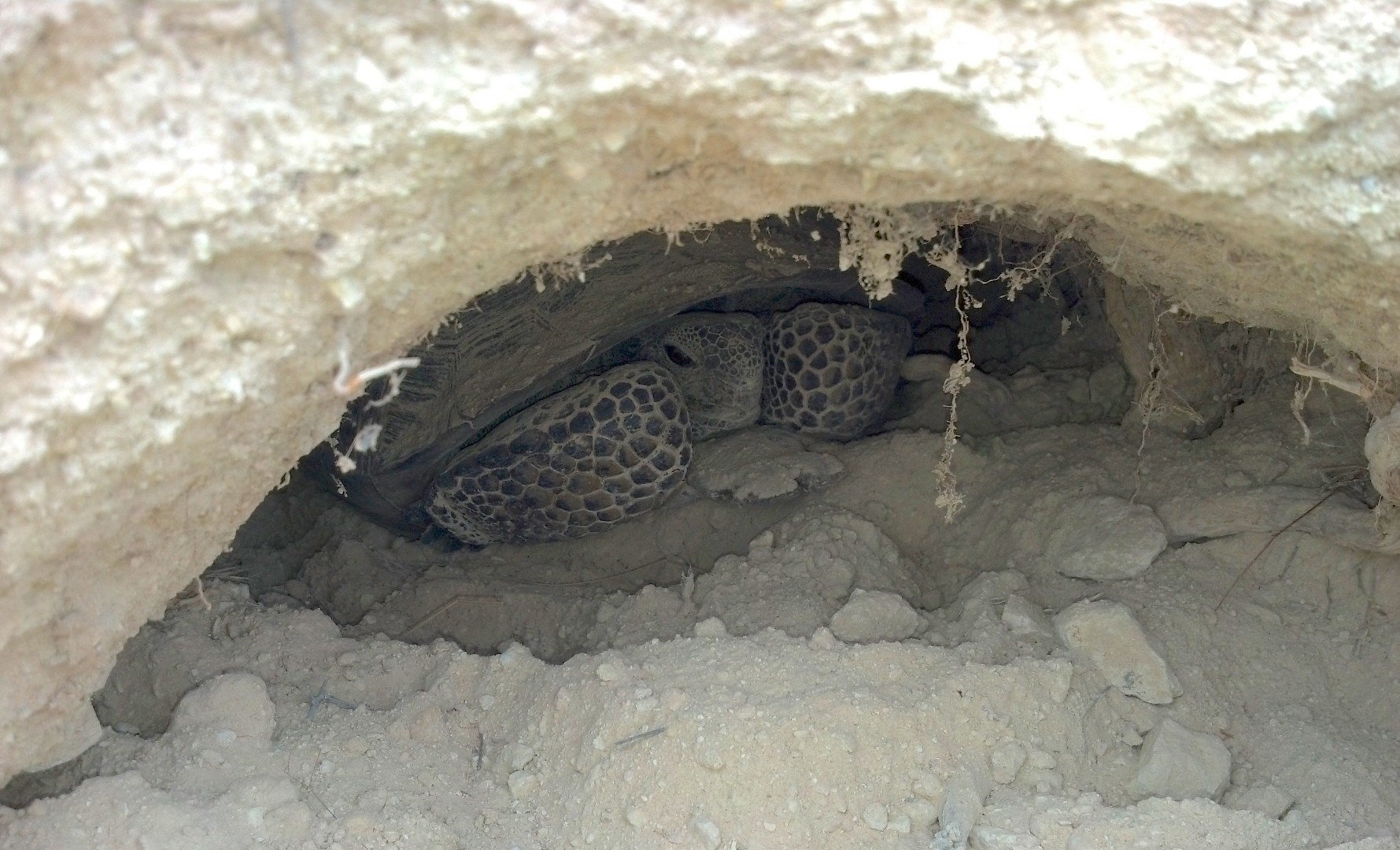
ST. GEORGE – A year after the expiration of the Washington County Habitat Conservation Plan, officials are taking a new philosophical approach to the agreement renewal, one that takes several changing circumstances into consideration.

The conservation plan set aside 62,000 acres as the Red Cliffs Desert Reserve, later the Red Cliffs National Conservation Area, to protect the threatened desert tortoise while allowing development in the rest of the county to proceed.
However, the agreement expired in March 2016 after 20 years of operation; officials have been working for more than two years to get a new agreement in place.
Read more: Habitat Conservation Plan expires after 20 years of protecting tortoises; renewal efforts continue
The new approach will include consideration of several issues including a proposed northern corridor, increasing threat of wildfire, climate change and remaining private property owners within the reserve.
Since the conservation plan was put in place a growing population in the county has brought increasing pressure to build a highway through the reserve to alleviate traffic congestion.
In addition, three large private property owners have yet to be compensated for their land within the reserve. A planned “superexchange” fell through in the 1990s as federal funds have proven hard to come by and high-value exchange property has become scarce.
Washington County already has serious transportation issues, as evidenced by recent crowds during Presidents Day weekend, Washington County Commissioner Dean Cox told the Habitat Conservation Advisory Committee Tuesday. The governor’s office is projecting 500,000 residents in the county in 20 years, Cox said.

“So I try to wonder, ‘How do we, in good conscience, talk about the HCP renewal without realistically addressing … the northern corridor and how we solve the transportation riddle in a growing county that has some very unique geographical constraints on how and where roads are built.”
Calling the Red Cliffs Reserve the county’s “crown jewel,” Cox said more time should be taken to do the renewal thoroughly, rather than rushing it through.
The advisory committee has been at work on the renewal process, but has been narrowly focused on making as few changes as possible to get the renewal done as quickly as possible, committee chairman Chris Blake said. Now, however, the committee will focus more broadly.
“That was the suggestion that we received is, ‘don’t ignore the things you know are coming down the pike,'” Blake said, referring to a recent visit from U.S. Fish and Wildlife HCP specialist Amelia Orton-Palmer.
The renewal application will now include four expanded areas of “changing circumstances” that include wildfires and revegetation efforts, climate change, the northern corridor, and how to resolve the issue of remaining land owners within the reserve.

The expanded scope of the renewal application will likely delay the process at least six months, Blake said.
“But it will be good to bring the things out and worked on so we know the parameters.”
Even though the HCP has expired, a temporary agreement with the Fish and Wildlife Service is in effect and will remain so as long as substantial progress is being made on the renewal, U.S. Fish and Wildlife Service representative Larry Crist said; there is no particular timetable for the renewal process.
At a work meeting Tuesday, members brainstormed and several new ideas came forward, including the possibility of redrawing the boundaries of the reserve. This might be an option if more land could be acquired and could allow property owners to develop land that is currently within the reserve boundaries.
Changing the boundaries might be an option if more tortoise habitat could be acquired to include in the reserve; the move might allow property owners to develop land that is currently within the reserve boundaries.
Compensating landowners for their property with surplus federal property was another idea that came up at the meeting and will be investigated by the committee.
Wildfire wasn’t a problem in the reserve in the early 1990s, Red Cliffs National Conservation Area Manager Dawna Ferris-Rowley said. However, the proliferation of invasive grasses such as cheat grass has changed that. Large wildfires in 2005 and 2006 reduced the tortoise population by as much as 50 percent.
Read more: Planting experiment hopes to help habitat recover from wildfires
Climate change also has the potential to affect the tortoise over the next 20 years, until the next renewal of the conservation plan.
It is possible that tortoises will respond to changing conditions by moving to higher elevation terrain, so it’s important to maintain access to higher ground, Crist said.
Email: [email protected]
Twitter: @STGnews
Copyright St. George News, SaintGeorgeUtah.com LLC, 2017, all rights reserved.